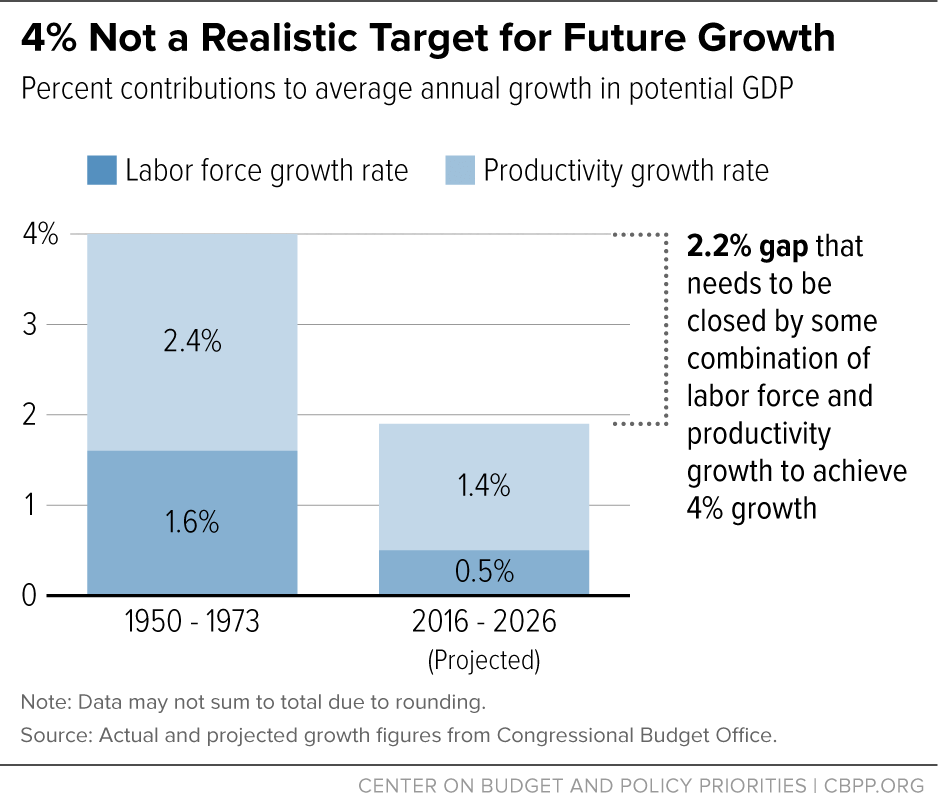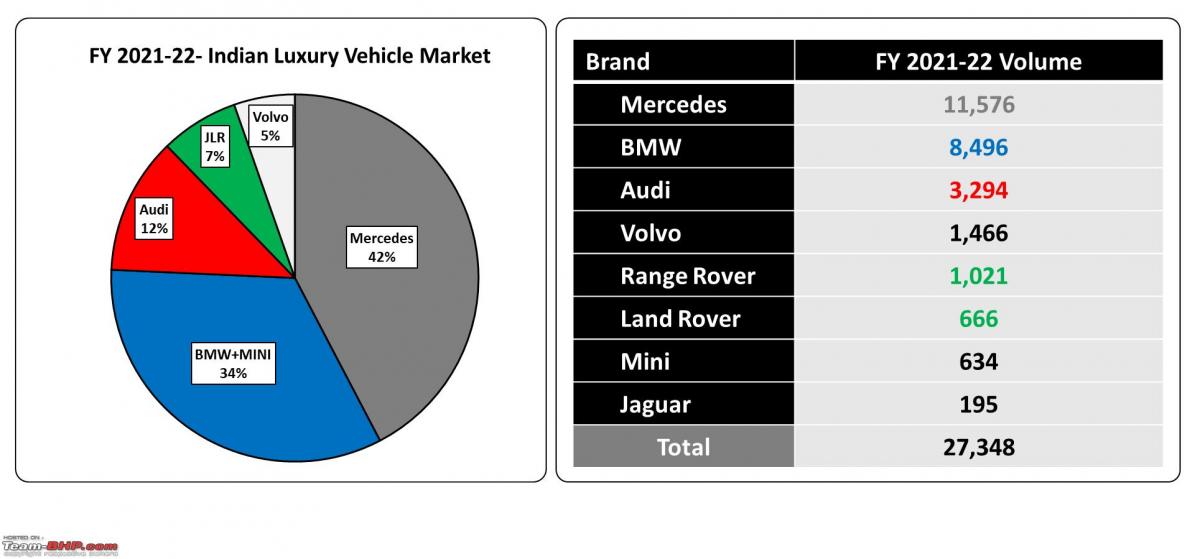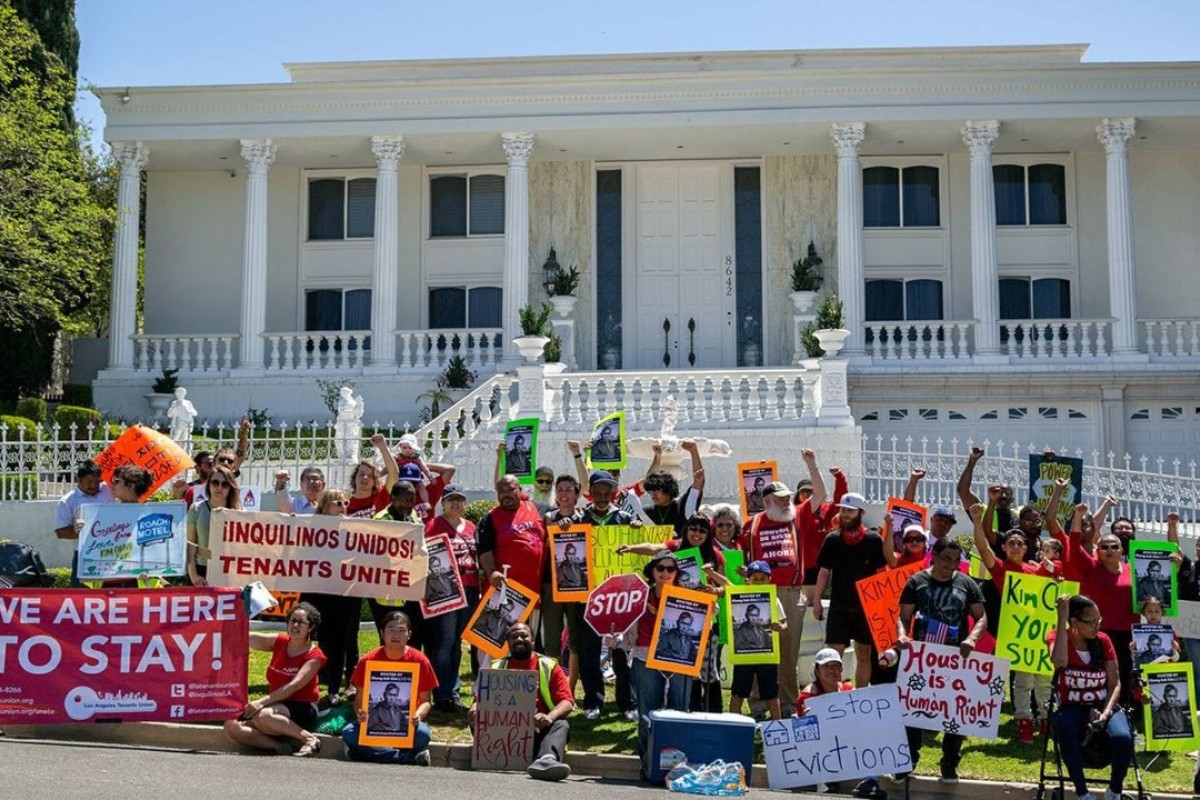Examining The Social And Economic Consequences Of Trump's Economic Plans

Table of Contents
The Impact of Trump's Tax Cuts on Income Inequality
The 2017 Tax Cuts and Jobs Act, a cornerstone of Trump's economic agenda, significantly altered the US tax code. While proponents argued it would stimulate economic growth, critics pointed to its potential to exacerbate income inequality. Analysis reveals that the tax cuts disproportionately benefited high-income earners. The reduction in corporate tax rates, from 35% to 21%, for example, led to increased corporate profits, but the benefits didn't always trickle down to workers in the form of higher wages or increased job creation.
- Increased income for the wealthy: High-income individuals and corporations saw substantial tax savings.
- Minimal impact on lower and middle-income households: Many lower and middle-income families experienced only modest tax relief, if any.
- Potential for increased national debt: The tax cuts contributed to a significant increase in the national debt, raising concerns about long-term economic stability.
- Long-term economic consequences of increased inequality: The widening gap between the rich and the poor could lead to social unrest, reduced economic mobility, and slower overall economic growth. Studies examining the long-term effects of such policies are still ongoing, but early indicators suggest a worsening of pre-existing inequalities.
Deregulation and its Effects on the Environment and Labor
Trump's administration pursued a policy of deregulation across various sectors, rolling back environmental protections and worker safety regulations. This approach, justified by proponents as reducing burdens on businesses and stimulating economic activity, drew sharp criticism from environmental groups and labor advocates.
- Weakening of environmental protection agencies (EPA): The EPA experienced significant budget cuts and a shift in priorities, leading to a reduction in enforcement of existing environmental regulations.
- Increased pollution levels: Relaxing environmental standards resulted in a potential increase in air and water pollution, impacting public health and environmental quality.
- Potential health consequences of relaxed environmental standards: Studies are needed to fully assess the long-term health impacts of the weakened regulations, but increased pollution could lead to a rise in respiratory illnesses and other health problems.
- Impact on worker safety regulations: Reduced enforcement of workplace safety regulations potentially increased the risk of workplace accidents and injuries.
Trade Wars and their Economic Repercussions
Trump's administration initiated several trade wars, imposing tariffs on imported goods from various countries, including China. While the goal was to protect American industries and jobs, the consequences were complex and far-reaching.
- Increased prices for consumers: Tariffs on imported goods led to higher prices for consumers, impacting their purchasing power.
- Negative effects on specific industries (e.g., agriculture): American farmers, for instance, faced retaliatory tariffs from other countries, negatively impacting their exports and livelihoods.
- Retaliatory tariffs from other countries: Trump's tariffs provoked retaliatory measures from other nations, creating a cycle of escalating trade tensions.
- Disruption of global supply chains: The trade disputes disrupted established global supply chains, impacting businesses and increasing uncertainty in the global economy.
Social Consequences of Economic Shifts Under Trump's Plans
The economic changes under Trump's administration had profound social consequences, exacerbating existing societal divisions.
- Increased political polarization: Economic inequality and the resulting social unrest contributed to increased political polarization and social divisions.
- Impact on access to healthcare and education: Changes in policy potentially affected access to affordable healthcare and quality education, particularly for vulnerable populations.
- Regional economic disparities: The economic policies had uneven impacts across different regions of the US, exacerbating existing regional disparities.
- Social mobility and the American Dream: The increased income inequality raised concerns about reduced social mobility and the accessibility of the "American Dream."
Conclusion: Assessing the Legacy of Trump's Economic Approach
Trump's economic plans had a significant and multifaceted impact on the US economy and society. While some argue that the tax cuts stimulated economic growth and job creation, others point to the increased income inequality, environmental damage, and trade tensions as serious negative consequences. The long-term effects of these policies are still unfolding, and a comprehensive analysis requires further study. Understanding the long-term effects of Trump's economic plans is crucial for informed civic engagement. Continue your research to form your own informed opinion on this impactful period in American economic history, and consider the lasting effects of Trump's economic plans on the future of the US economy.

Featured Posts
-
 At And T Slams Broadcoms V Mware Price Hike A 1 050 Increase
Apr 22, 2025
At And T Slams Broadcoms V Mware Price Hike A 1 050 Increase
Apr 22, 2025 -
 Chinas Impact On Luxury Car Sales Bmw Porsche And Beyond
Apr 22, 2025
Chinas Impact On Luxury Car Sales Bmw Porsche And Beyond
Apr 22, 2025 -
 Ukraine War Pressure Mounts On Kyiv Regarding Trumps Proposal
Apr 22, 2025
Ukraine War Pressure Mounts On Kyiv Regarding Trumps Proposal
Apr 22, 2025 -
 Cybercriminal Made Millions Targeting Executive Office365 Accounts
Apr 22, 2025
Cybercriminal Made Millions Targeting Executive Office365 Accounts
Apr 22, 2025 -
 La Landlord Rent Increases Following Fires Spark Outrage
Apr 22, 2025
La Landlord Rent Increases Following Fires Spark Outrage
Apr 22, 2025
Latest Posts
-
 2026 Wbc Aaron Judges Potential Involvement
May 11, 2025
2026 Wbc Aaron Judges Potential Involvement
May 11, 2025 -
 Could Aaron Judge Join Team Usa For The 2026 World Baseball Classic
May 11, 2025
Could Aaron Judge Join Team Usa For The 2026 World Baseball Classic
May 11, 2025 -
 New York Yankees Lineup The Aaron Judge Debate And Opening Day Roster
May 11, 2025
New York Yankees Lineup The Aaron Judge Debate And Opening Day Roster
May 11, 2025 -
 Judge Eyes 2026 Wbc Will He Play For Team Usa
May 11, 2025
Judge Eyes 2026 Wbc Will He Play For Team Usa
May 11, 2025 -
 Aaron Judge And The Yankees Lineup Boone Addresses Key Questions
May 11, 2025
Aaron Judge And The Yankees Lineup Boone Addresses Key Questions
May 11, 2025
